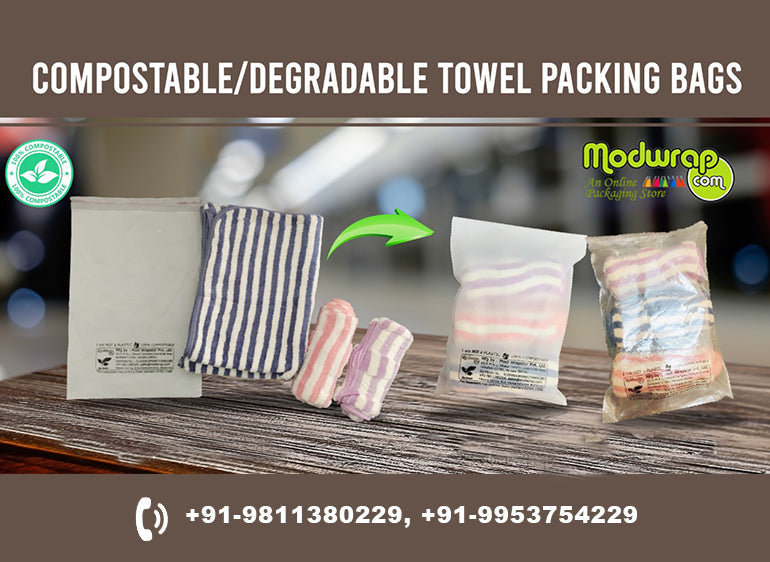4 Sustainable and Zero-Waste Packaging Ideas for Clothes

Packaging plays a significant role in the fashion industry, but it also contributes to waste and environmental impact. To address this issue, here are four sustainable and zero-waste packaging ideas for clothes:
Recycled and Biodegradable Materials: Instead of using virgin materials, opt for packaging made from recycled and biodegradable materials. Recycled cardboard, paper, or even fabric can be excellent alternatives to conventional packaging options. These materials can be easily recycled or composted at the end of their lifecycle, reducing waste and minimizing environmental impact.
Furoshiki Wrapping: Furoshiki is a traditional Japanese method of wrapping items in a square piece of fabric. This technique can be adopted in clothing packaging by using reusable and sustainable fabric instead of disposable materials. Customers can reuse the fabric for gift wrapping, as a scarf, or in various other creative ways. Furoshiki wrapping not only eliminates waste but also adds an aesthetic touch to the packaging.
Zero-Waste Boxes and Bags: Design packaging that is specifically tailored to minimize waste. Instead of using excessive packaging materials, opt for zero-waste boxes and bags that are precisely sized to fit the garment. This approach eliminates the need for unnecessary fillers or excessive plastic wrap. Additionally, consider using biodegradable or compostable tapes and labels to ensure the entire packaging is eco-friendly.
Embracing Sustainability: Popular Indian Brands and Compostable Packaging
Take-Back and Reusable Packaging: Implement a take-back program where customers can return their packaging for reuse. This approach allows you to collect the packaging, inspect it for any damages, and then sanitize and reuse it for future orders. By incentivizing customers to return the packaging, you not only reduce waste but also create a sense of engagement and participation in sustainable practices.
Compostable Packaging: Compostable packaging is a fantastic sustainable solution. It involves using materials derived from renewable resources that can be composted and returned to the earth, completing the cycle. Compostable packaging can include biodegradable polymers, plant-based fibers, or even mushroom-based materials. It offers a truly sustainable and zero-waste option for clothing packaging.
Conclusion
Sustainable and zero-waste packaging ideas for clothes are crucial for reducing waste and environmental impact in the fashion industry. Additionally, considering compostable packaging options can further enhance the eco-friendliness of the packaging. By prioritizing these ideas, fashion brands can demonstrate their commitment to the environment while providing an enjoyable and responsible shopping experience for their customers.


